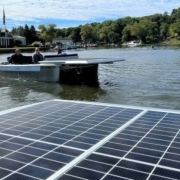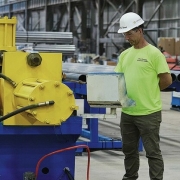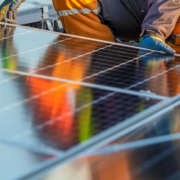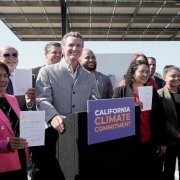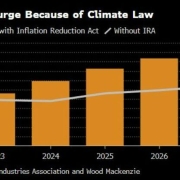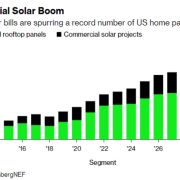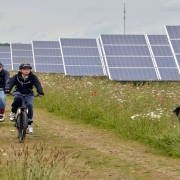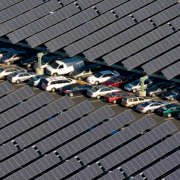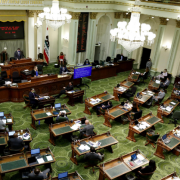The West Michigan beach town of Saugatuck is known for its historic riverfront nestled among critical dune habitat at the mouth of the Kalamazoo River. Saugatuck and its neighbor Douglas straddle the river and for more than a century people have found creative ways to navigate the waterway.
One of the most popular is a hand-cranked chain ferry. Believed to be the last of its kind in the country, the ferry “Diane” has operated on and off since 1857 and is arguably the most ecofriendly way to move a couple dozen beachgoers across the river to Saugatuck’s famed Oval Beach on the shores of Lake Michigan.
Click here to read the full article
Source: Michigan Gov
—
If you have any questions or thoughts about the topic, feel free to contact us here or leave a comment below.

